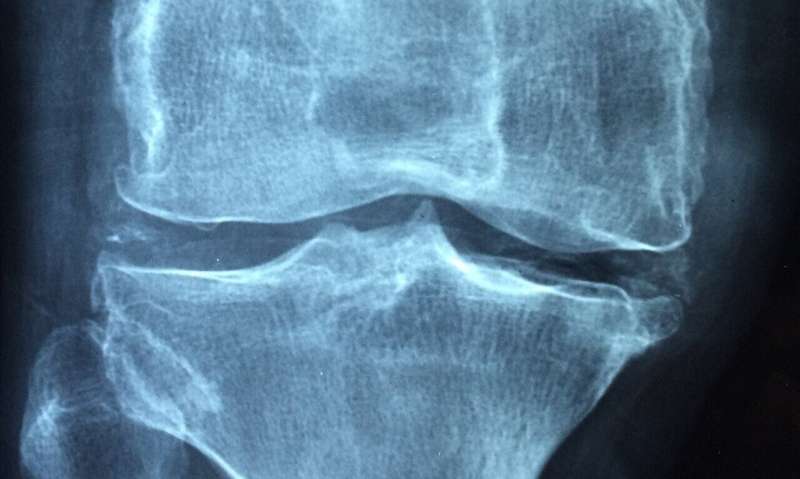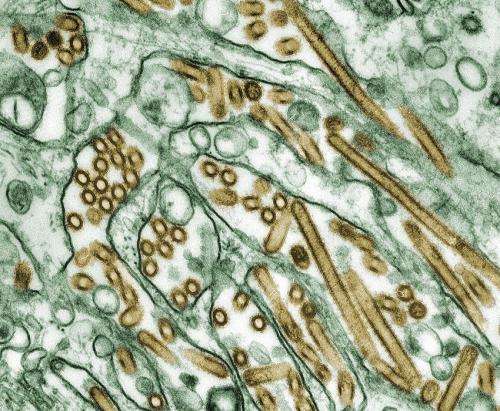Can Measles Make a Comeback in the United States? Insights from Recent Research

Understanding the Rising Threat of Measles in the US
In recent years, the United States has experienced a troubling decline in childhood vaccination rates, a trend that has accelerated since the onset of the COVID-19 pandemic. This decrease in immunization coverage has led to a resurgence of preventable diseases, notably measles, which had been declared eliminated from the country decades ago.
A prominent example of this resurgence is a recent outbreak in western Texas, where over 620 individuals contracted measles, resulting in 64 hospitalizations and tragically, two child deaths. This situation underscores the danger of falling vaccination rates and the potential for diseases once thought to be eradicated to return.
According to a recent study published in JAMA by researchers from Stanford Medicine and partner institutions, if immunization levels continue to decline, measles and other diseases such as rubella and polio could make a significant comeback within the next two decades. The study utilized large-scale epidemiological models to predict how various levels of childhood vaccination coverage influence disease spread in the US.
Even at current vaccination levels, the projections are alarming. The models suggest that measles could become endemic again—meaning it would circulate within the community—within 20 years. A further decline in immunization could accelerate this timeline.
The study's lead author, Dr. Mathew Kiang, and senior author Dr. Nathan Lo explained that measles is among the most infectious diseases known, requiring a very high level of immunity in the population to prevent outbreaks. The controversy surrounding the MMR (measles, mumps, rubella) vaccine, fueled by misinformation, continues to undermine vaccination efforts. Moreover, international travel increases the risk of importation, making vigilance even more critical.
Simulation scenarios indicate that a 10% drop in vaccine coverage could lead to approximately 11 million measles cases over 25 years, with attendant hospitalizations and fatalities. A 50% decline could see over 51 million cases, including thousands of deaths and severe complications such as neurological issues and birth defects.
Geographically, states with lower vaccination rates, like Texas and California, are at higher risk compared to states with higher coverage such as Massachusetts. Vulnerable populations include infants too young to be vaccinated and immunocompromised individuals, who face higher risks of severe disease.
Experts emphasize the importance of maintaining or increasing vaccination rates. Small improvements—raising coverage by just 5%—could prevent outbreaks and maintain disease elimination. Public health authorities urge parents, healthcare providers, and policymakers to promote vaccination, dispel misinformation, and ensure high coverage levels to protect community health.
In summary, the pathway to safe and disease-free communities hinges on sustained immunization efforts. Vigilance and proactive vaccination strategies are essential to prevent the return of measles and other eradicated diseases in the United States.
Stay Updated with Mia's Feed
Get the latest health & wellness insights delivered straight to your inbox.
Related Articles
Elevated Childhood Blood Pressure Connected to Increased Risk of Early Heart Disease Death
High blood pressure in children is linked to a greater risk of early death from heart disease in adulthood. Early screening and intervention are crucial for long-term cardiovascular health.
How Social Segregation Accelerates the Spread of Infectious Diseases
Research shows that social and economic segregation dramatically accelerates the spread of infectious diseases, highlighting the need for policies addressing inequality to improve pandemic responses.



